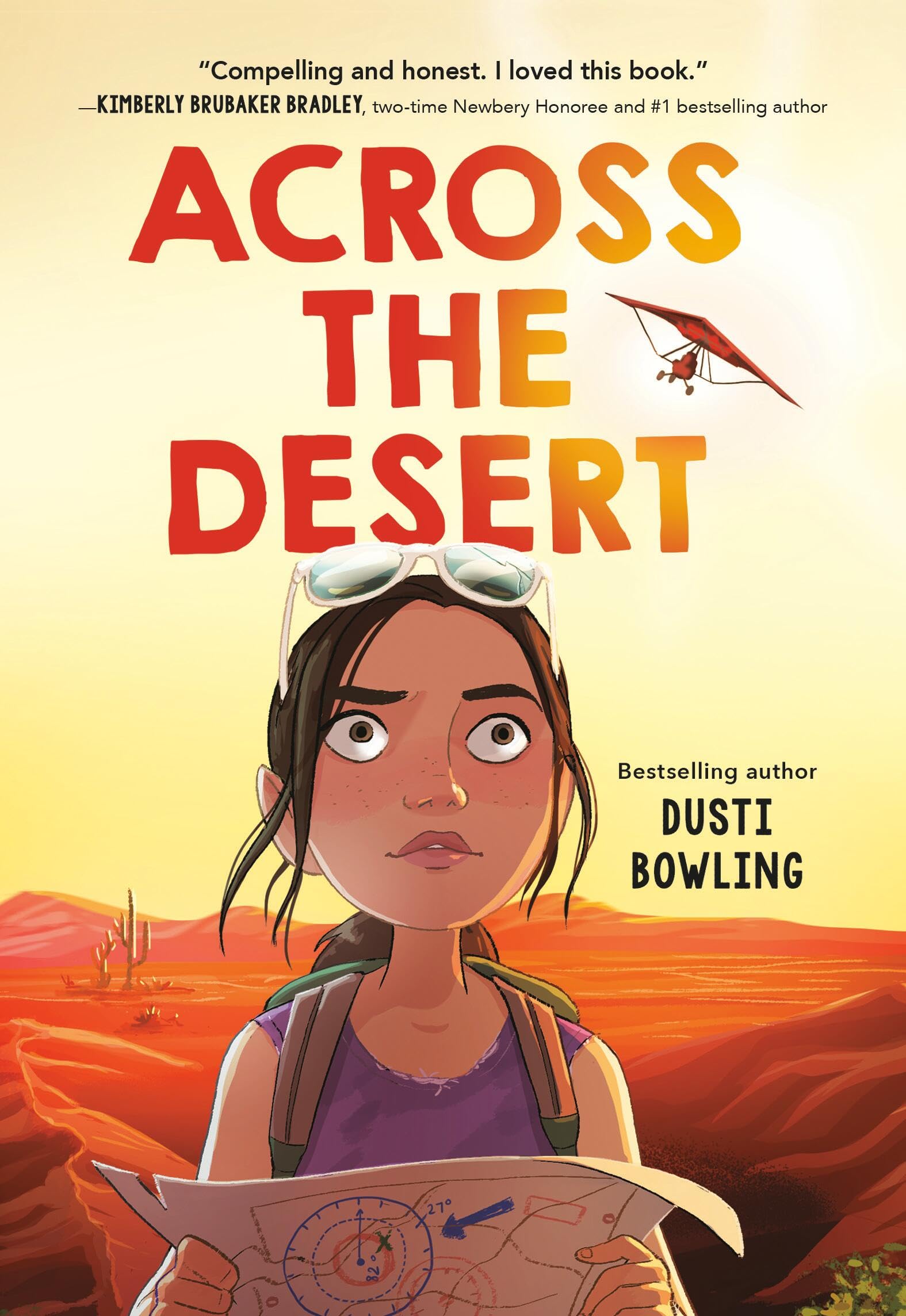To save a stranger, Jolene must face the one thing that terrifies her most: the open sky of the Arizona desert.
Dusti Bowling’s “Across the Desert” is a gripping survival story that tackles resilience in the face of personal and environmental challenges. Twelve-year-old Jolene’s life revolves around caring for her mother, who struggles with opioid addiction, and finding solace in weekly livestreams of “Addie Earhart,” a tween pilot flying an ultralight plane over the Arizona desert. When Jolene witnesses Addie’s plane crash during a broadcast, she becomes the only person who knows about the disaster. Armed with a hand-drawn map, a stolen credit card, and fierce determination, Jolene embarks on a perilous journey across the desert to save her online friend, teaming up with a resourceful teenage stranger named Marty along the way. Bowling balances Jolene’s gritty perseverance with moments of vulnerability and loyalty.
This book is a standout choice for exploring SDG 15: Life on Land, particularly its focus on humanity’s relationship with fragile ecosystems. Jolene’s trek through the desert offers rich opportunities to discuss environmental stewardship, adaptation, and the consequences of human activity on arid regions. Educators can tie this to science units on desert biomes or debates about land conservation. The traits of Risk-taker and Caring describe Jolene’s journey: her bold decision to rescue Addie despite limited resources models courage, while her compassion for her mother and friend underscores empathy in adversity.
Consider pairing the novel with hands-on activities like mapping local ecosystems (mirroring Jolene’s cartography skills) or scenarios where students weigh risks against ethical responsibilities. The story’s portrayal of parental addiction also opens doors for sensitive discussions about mental health. Bowling’s unflinching yet hopeful narrative empowers students to recognize their capacity to effect change, whether in protecting the environment or supporting others in crisis.

